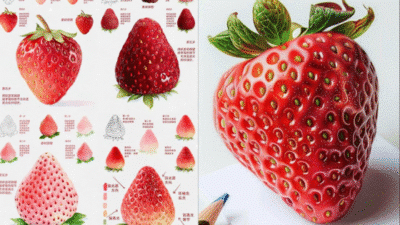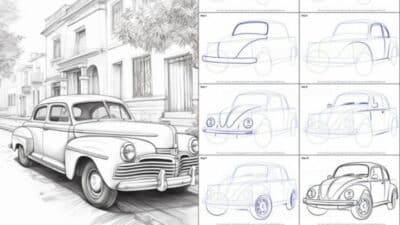Drawing clothing that flows and moves can bring a character to life and add energy to any artwork. The key is to observe how fabric reacts to motion and understand how wrinkles and folds form. Capturing the natural flow of fabric means paying attention to the direction of movement and the way clothes stretch, bunch, and fall.
Artists often study real-life references or watch how clothes behave when people walk, run, or twist. By combining this with simple drawing techniques, anyone can create believable and dynamic clothing. This helps make drawings feel less stiff and more natural without needing complex tools or skills.
Understanding Clothing Movement
Clothing changes shape and flows depending on the fabric, body movement, and external forces like wind. Knowing how fabric reacts helps artists show motion clearly and realistically. Different types of fabric create different shapes and folds as they move.
Basics of Fabric Flow
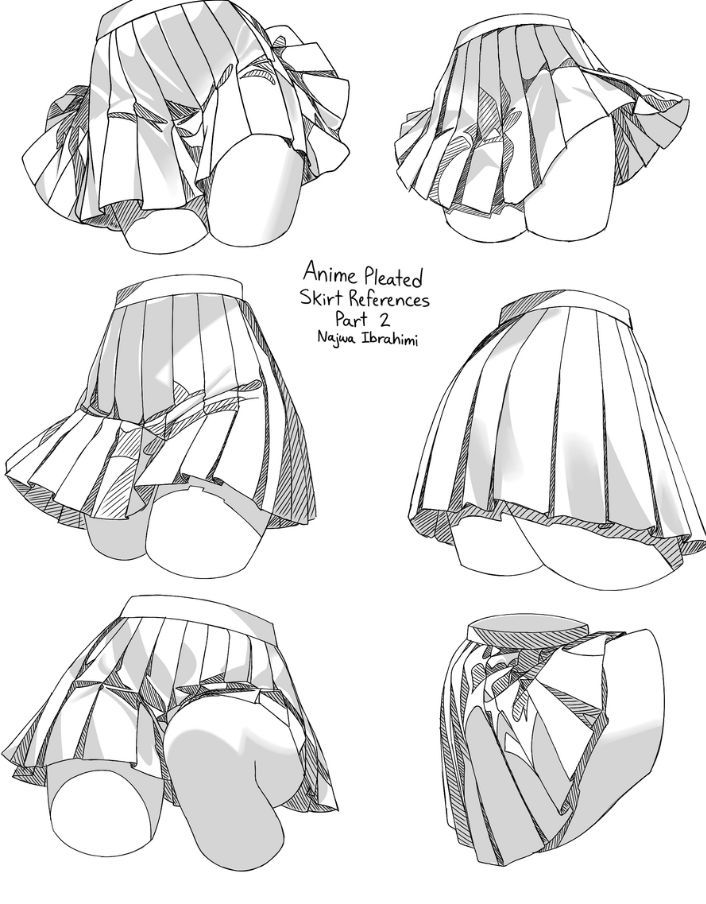
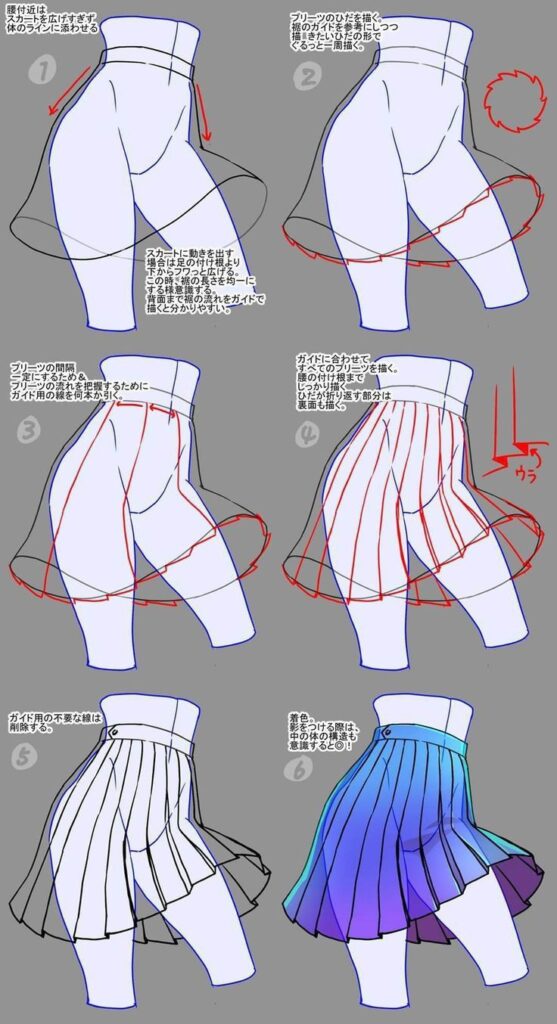
Fabric moves based on its weight, stiffness, and how it is worn. Light fabrics like silk float and ripple easily. Heavy fabrics like denim or wool fold sharply and move less.
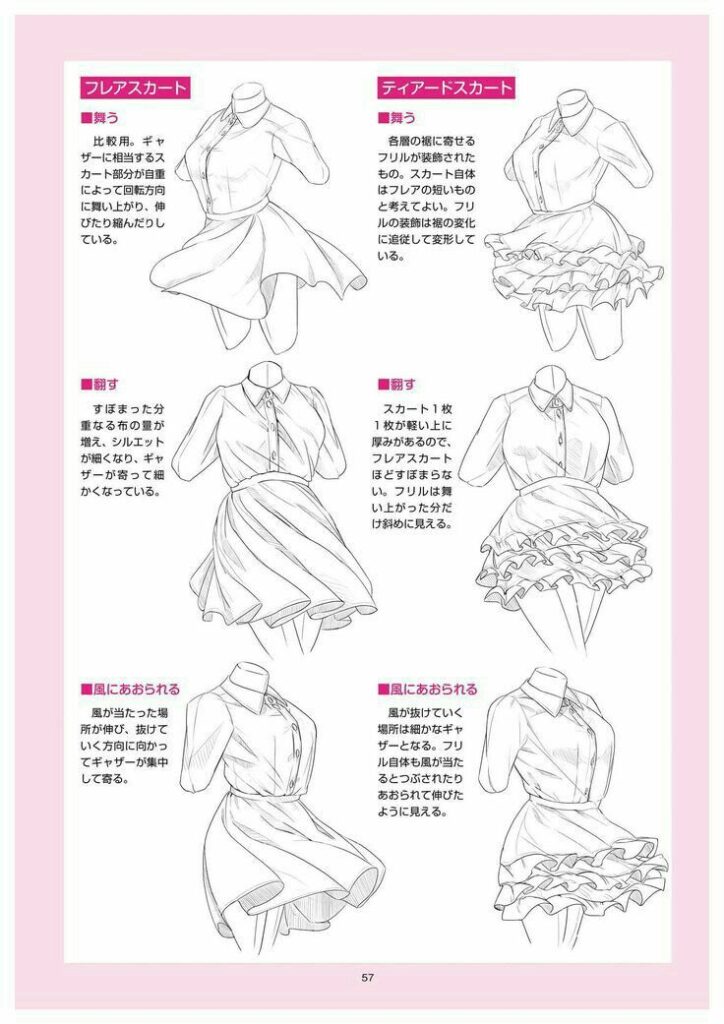
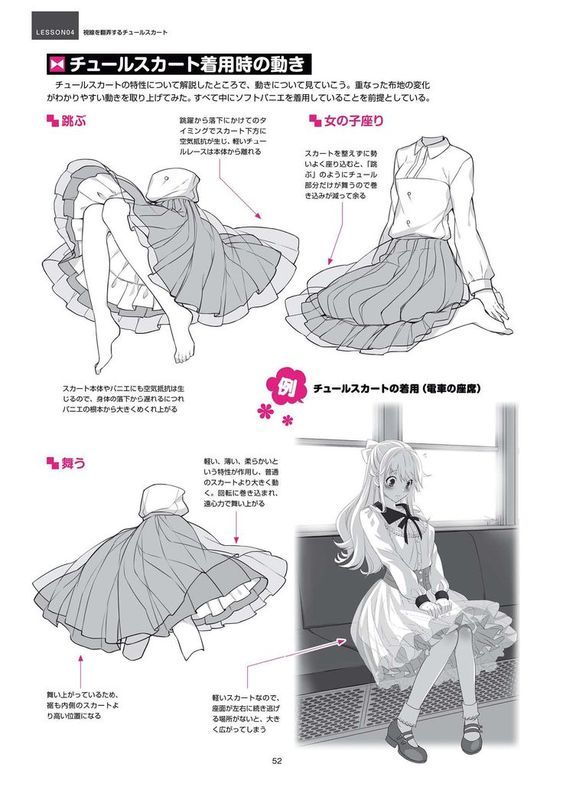
When fabric flows, it often forms soft, curved shapes called folds. These folds follow the direction of the body movement or the wind. There are two main types of folds:
- Gravity folds follow the pull of gravity and hang down.
- Compression folds happen where fabric is pushed or squeezed.
Understanding these helps artists draw fabric that looks natural when moving.
Types of Clothing Dynamics
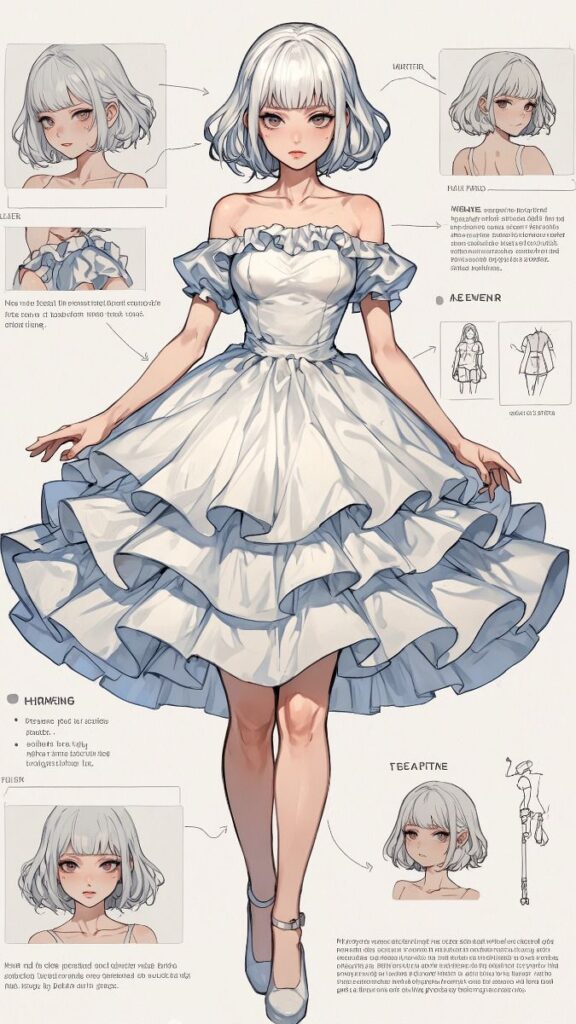
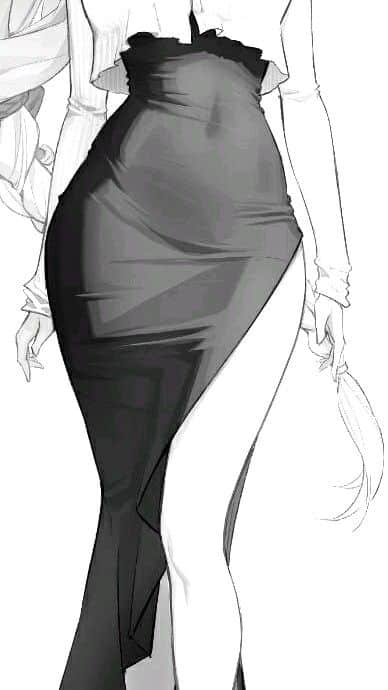
Clothing dynamics describe how fabric reacts during different actions. When a character runs, clothes stretch back with the movement. When they stop, the fabric settles into folds.
Some common clothing dynamics include:
- Stretch: fabric pulls tight on the body, smooth and flat.
- Bounce: fabric moves up and down with the body’s motion, like a skirt jumping.
- Flutter: thin fabrics move lightly, fluttering in the air.
Artists must watch how fabric behaves with different motions to show clothes in action accurately.
Analyzing Movement in Real Life
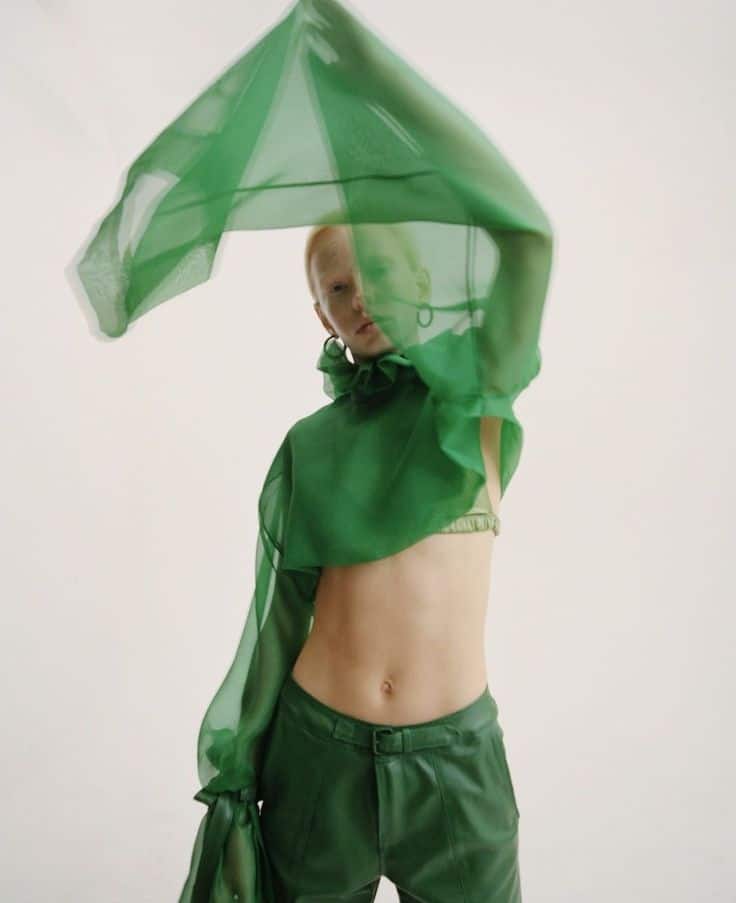
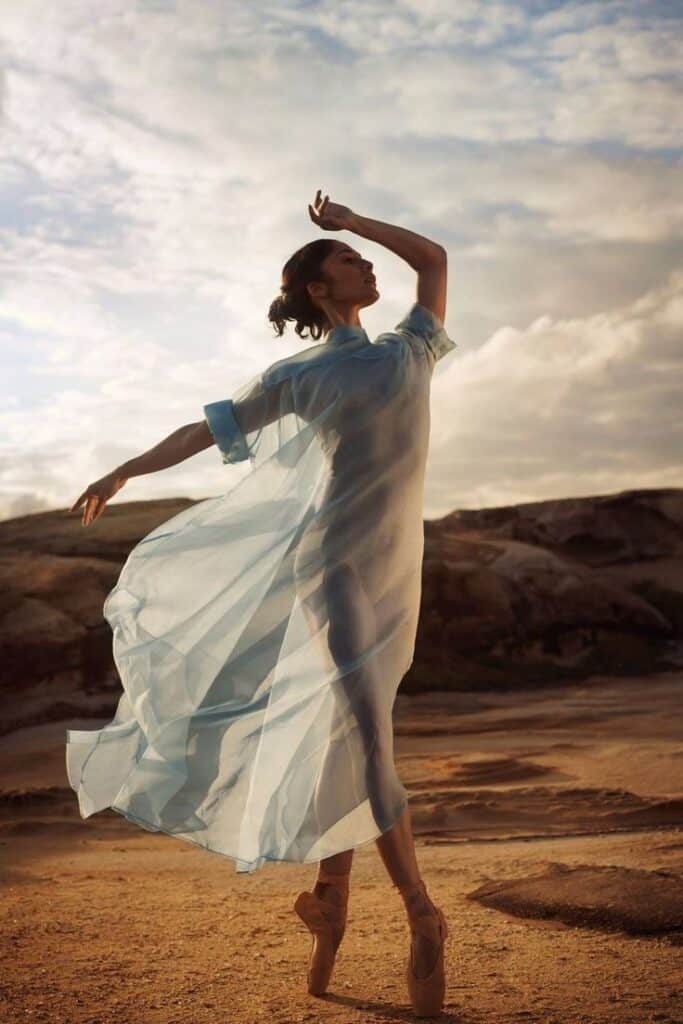
Studying real life helps artists understand clothing motion better. Watching videos or people moving can show how fabric reacts naturally. Pay attention to body parts that cause folds, like elbows or knees.
Breaking down movement involves noticing:
- How wind or air affects loose fabric.
- How tension points change with motion.
- How fabric weight affects speed and style of movement.
Observing these details trains the eye to capture flowing clothing convincingly.
Fundamental Drawing Techniques for Flowing Clothing
Drawing clothing that moves naturally means focusing on how fabric behaves with the body. Key skills include capturing movement, showing weight and tension in lines, and understanding how folds form in different situations.
Gesture Drawing for Fluidity
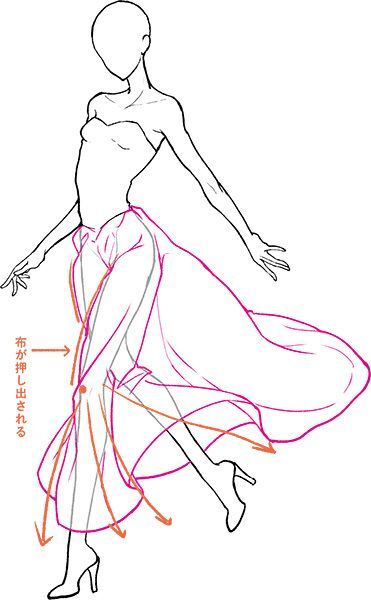
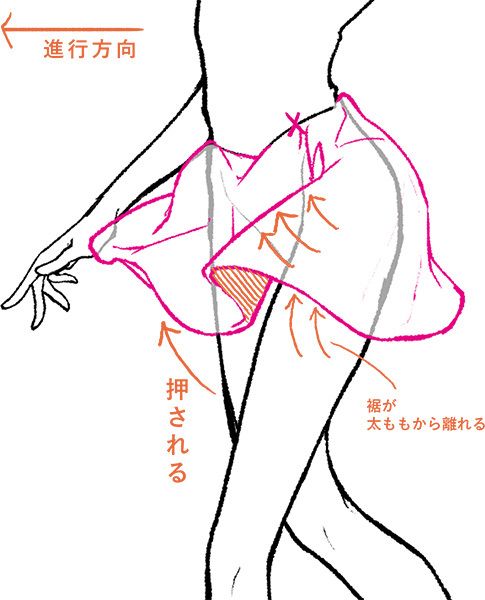
Gesture drawing helps capture the basic motion of clothing quickly. It focuses on the overall flow rather than details. The artist sketches loose, sweeping lines that follow the direction fabric moves with the body.
This technique allows the clothing to look alive and flexible. It helps avoid stiff, unnatural poses. The goal is to emphasize motion, like the way a sleeve swings or a skirt sways.
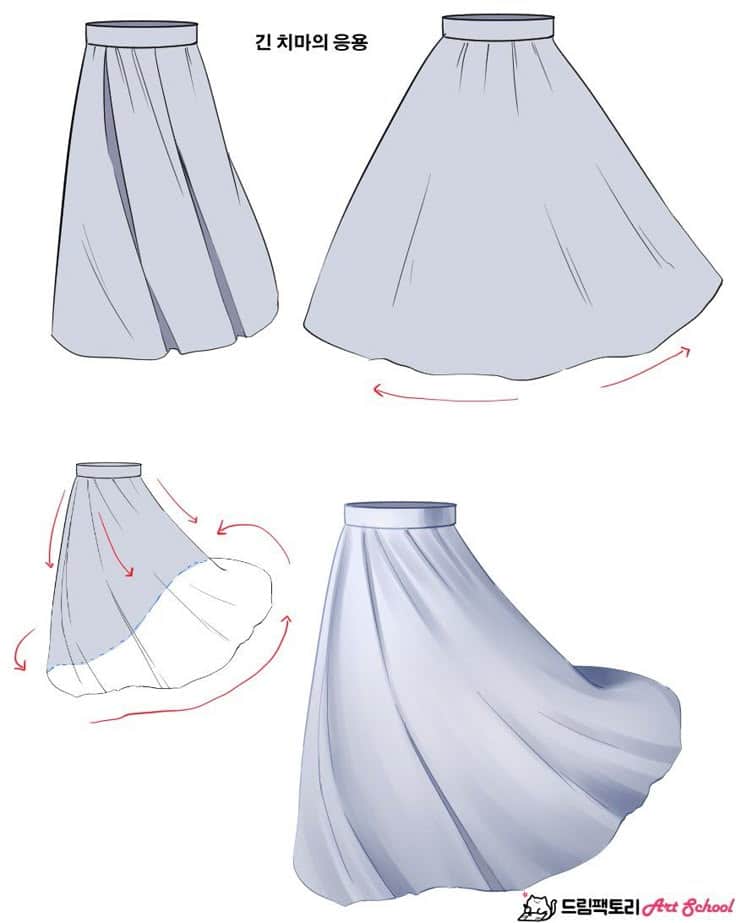
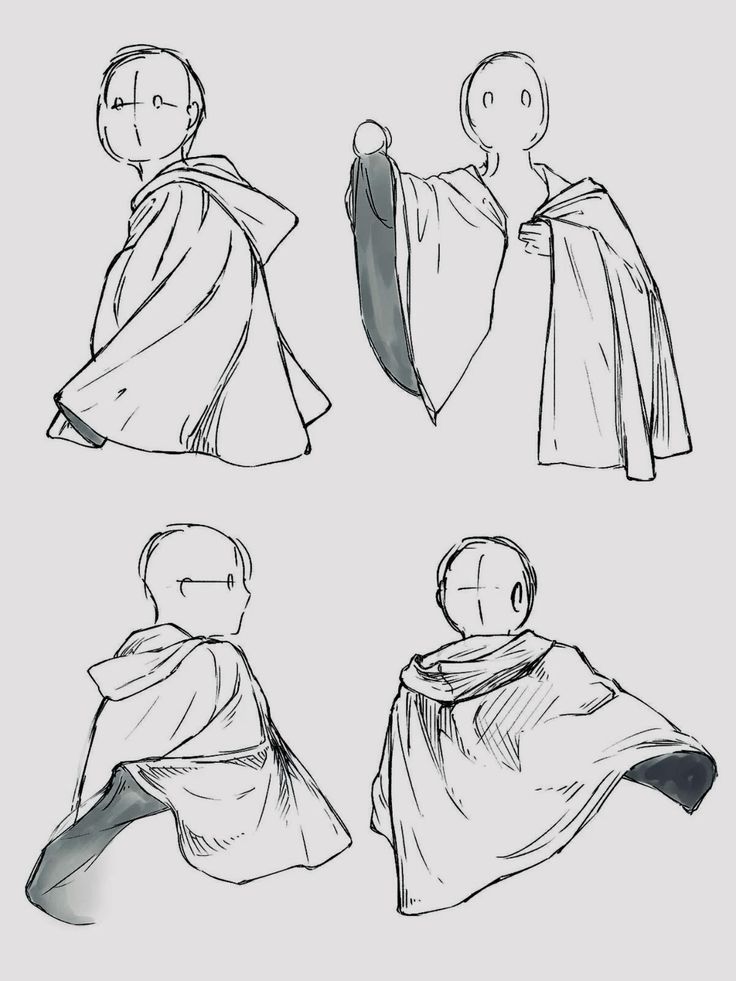
Using short practice sessions improves this skill. Quick sketches can show how fabric reacts to wind or body position without overworking details. Gesture drawing forms the foundation for adding more refined clothing shapes later.
Using Line Weight to Suggest Motion
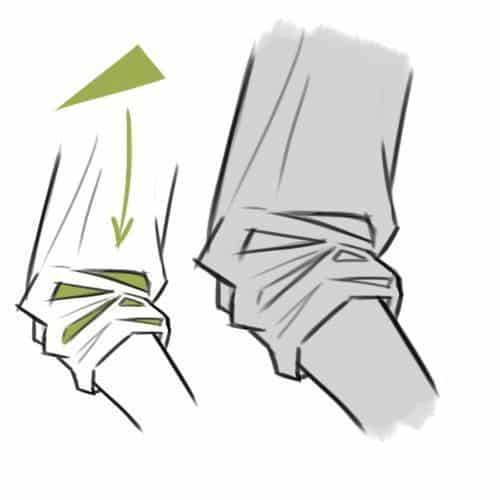
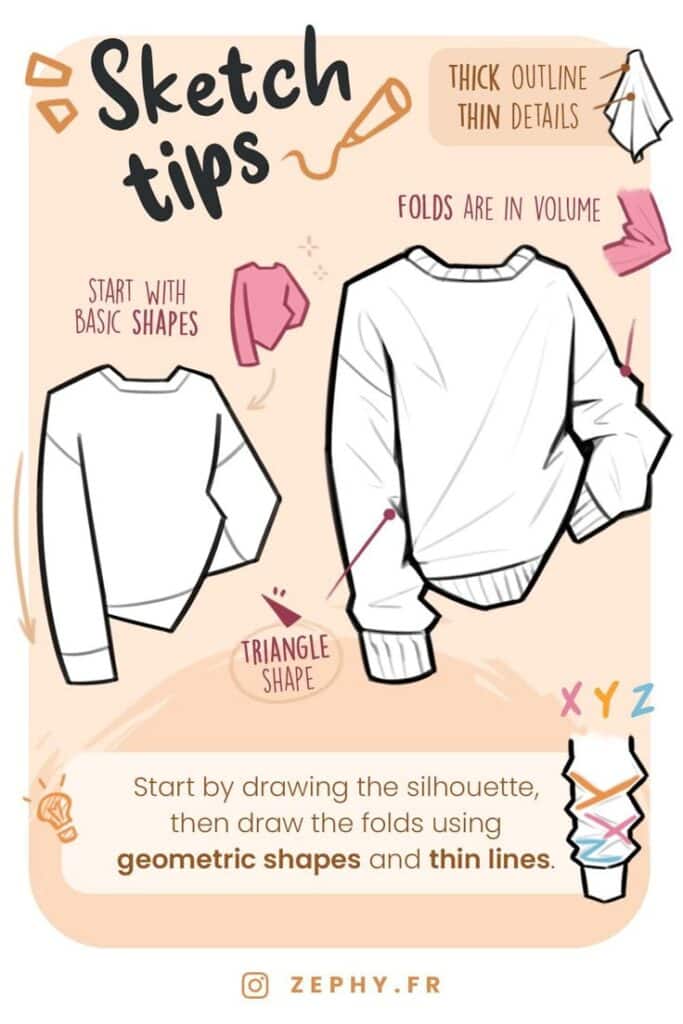
Varying line weight can show how fabric moves and stretches. Thicker lines can indicate folded, shadowed, or weighty areas while thinner lines suggest light, stretched, or loose fabric.
This contrast creates depth and a sense of flow. For example, a heavy fold at the bend of an elbow might have thicker lines, while an open sleeve edge has thinner, lighter lines.
The artist should avoid using uniform lines all over. Changing line thickness guides the viewer’s eye and implies motion. It also separates different layers of fabric, making the drawing clearer.
Capturing Folds and Drapery
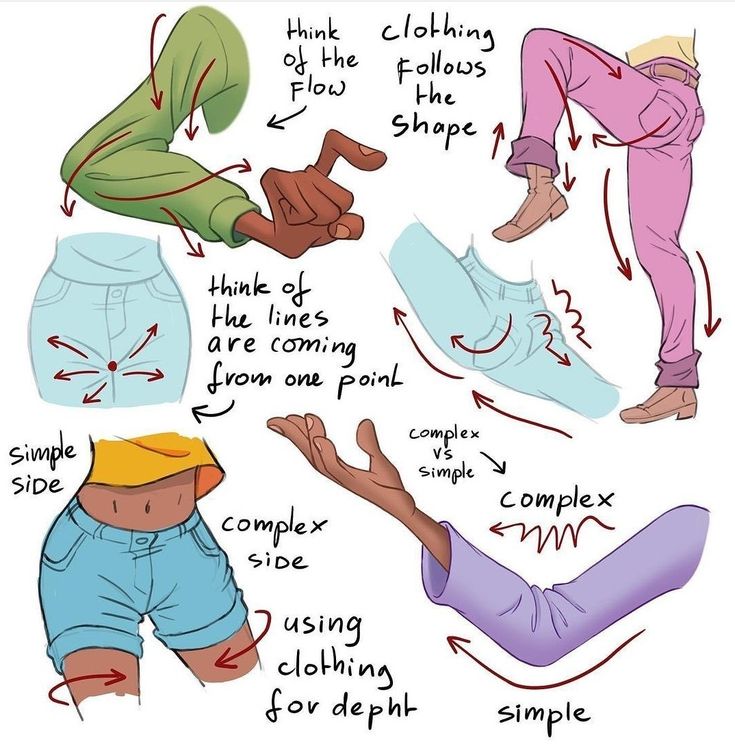
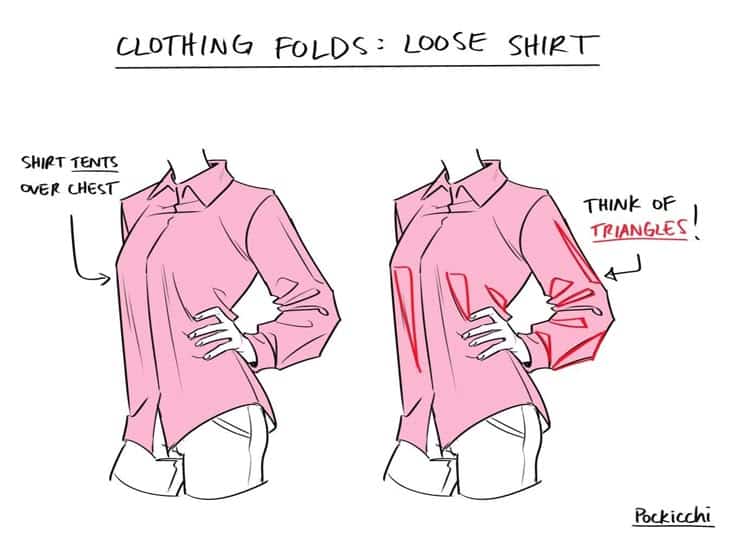
Understanding how folds form is key to realistic clothing. Folds appear where fabric bends, gathers, or twists because of movement or gravity.
There are several common types:
- Pipe folds: Vertical, tube-like shapes typically found in pants or sleeves.
- Zigzag folds: Sharp, angular folds that happen at bends.
- Spiral folds: Circular folds seen in twisted fabric.
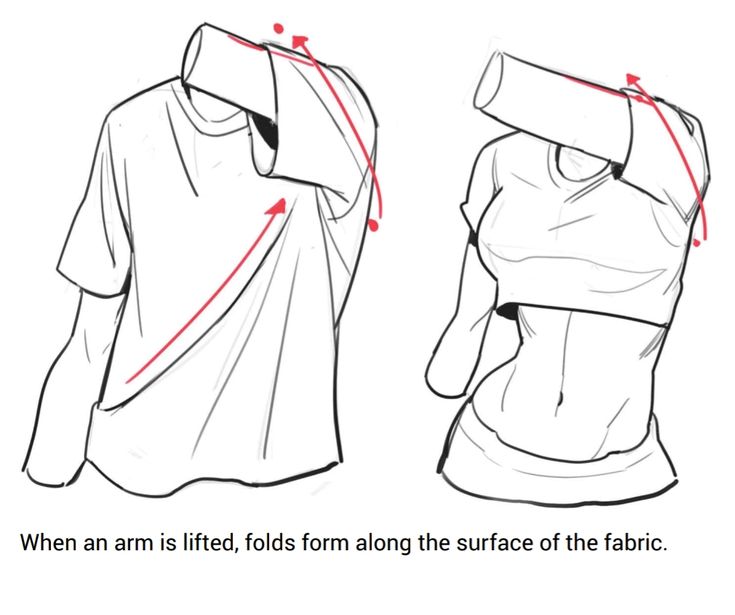
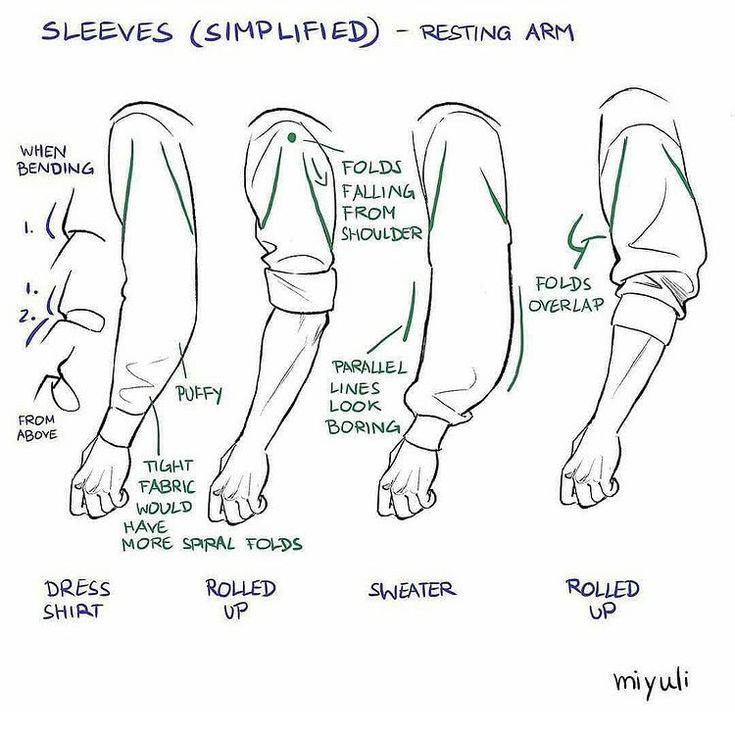
The artist should observe how fabric stretches tight or loosens. Shadows and angles help show where fabric pulls or overlaps. Drawing simplified fold shapes first can help before adding detail.
Capturing drapery well adds naturalism, showing how fabric flows and responds to the body’s curves.
Adding Realism and Style to Flowing Garments
Flowing garments come alive through careful use of light, shadow, and color. These details create depth and show how fabric moves, making drawings feel more natural and dynamic.
Depicting Light and Shadow on Fabric
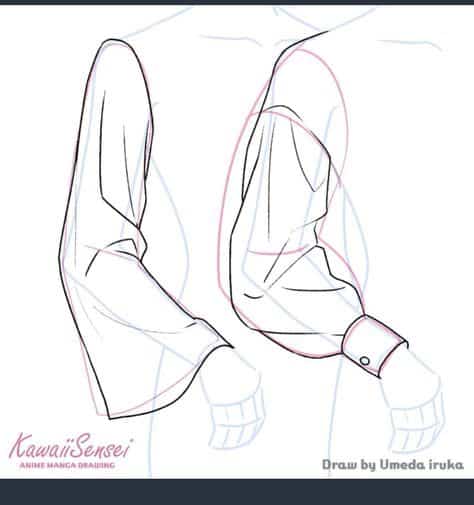
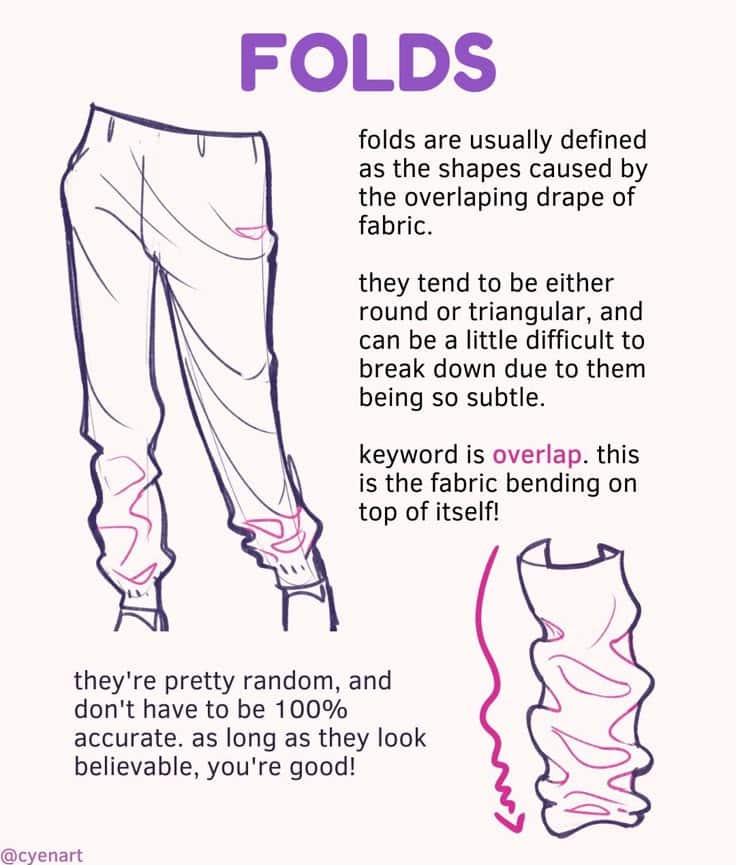
Light and shadow help show the shape and texture of fabric. Areas hit by light are brighter, while folds or places hidden from light are darker. This contrast shows how the cloth wraps around the body or reacts to movement.
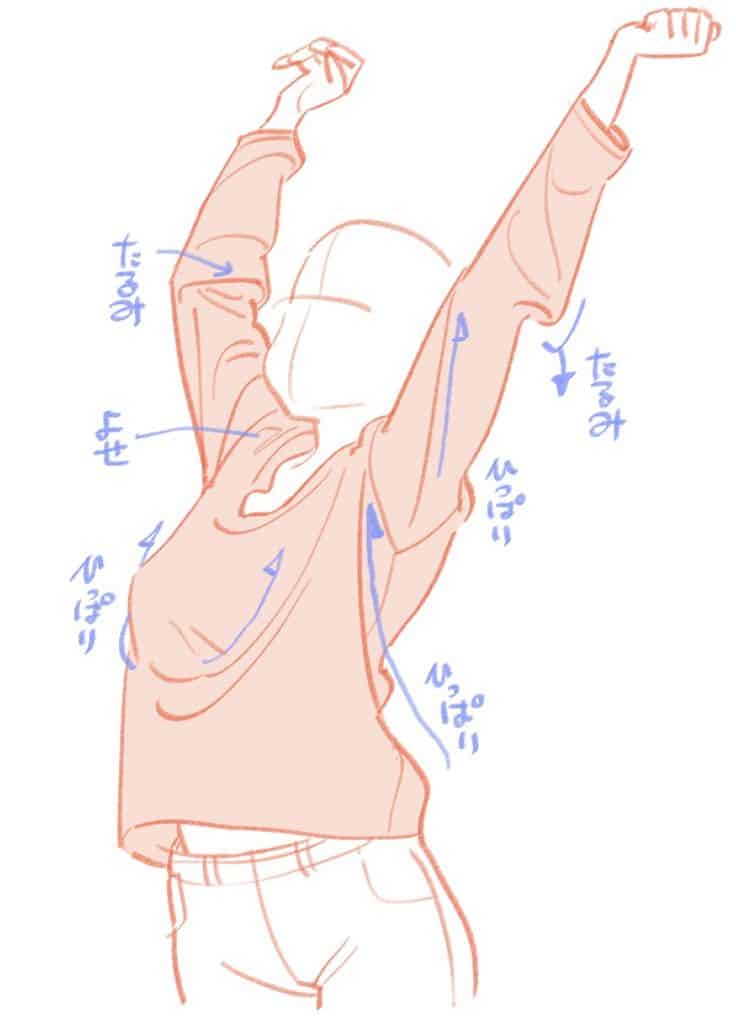
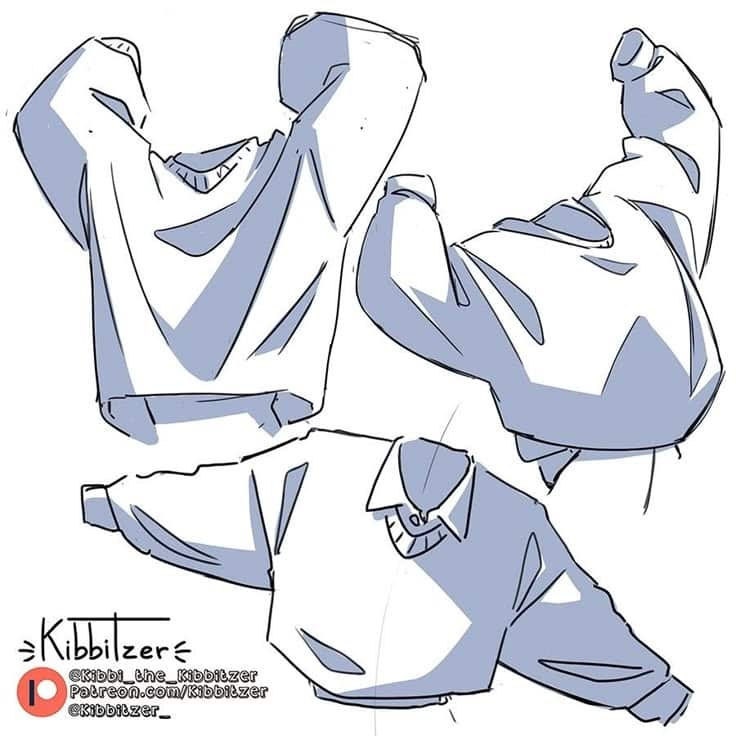
Artists should study where the light source is in a scene. Shadows follow folds and creases, often called “dead folds,” where the fabric folds sharply and blocks more light. Softer shadows appear on gentler curves.
Using different shadow tones adds realism. Darker shadows show tight folds, while lighter shadows hint at soft, flowing parts. Paying attention to this makes the fabric feel three-dimensional and alive.
Color Choices for Enhanced Motion
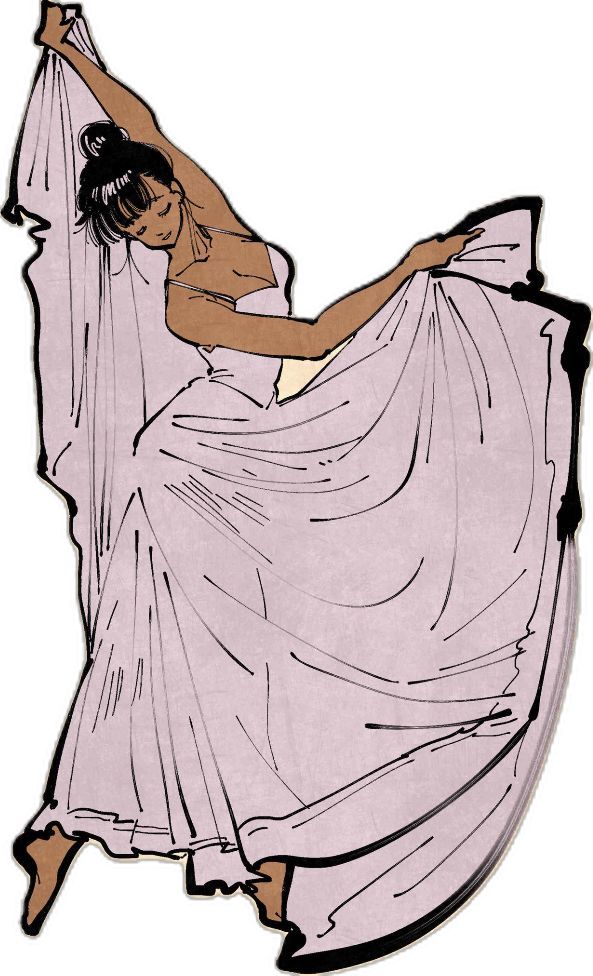
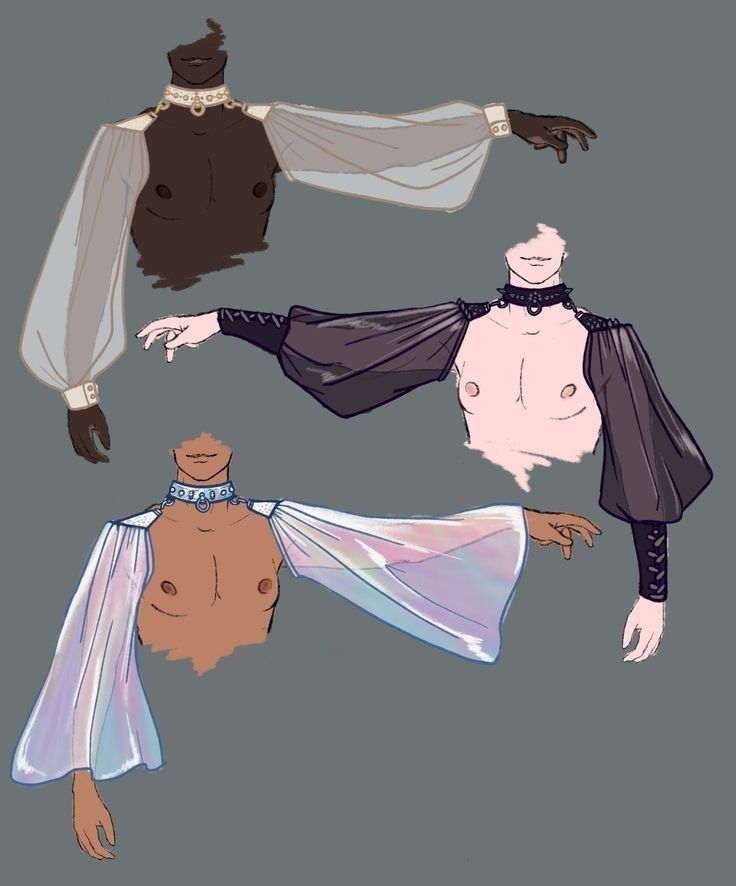
Color affects how the fabric’s motion is perceived. Bright, vibrant colors can suggest energy and movement. Softer, muted tones often make the fabric seem heavy or slow.
Artists can use color gradients to show flow. For example, a gradual lightening in the fabric’s direction of movement suggests speed or wind.
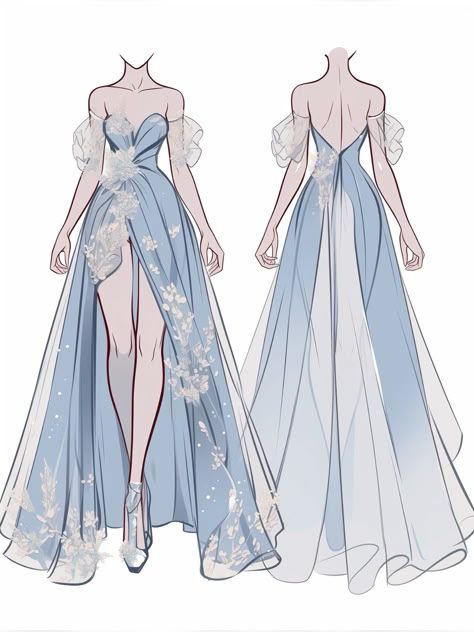
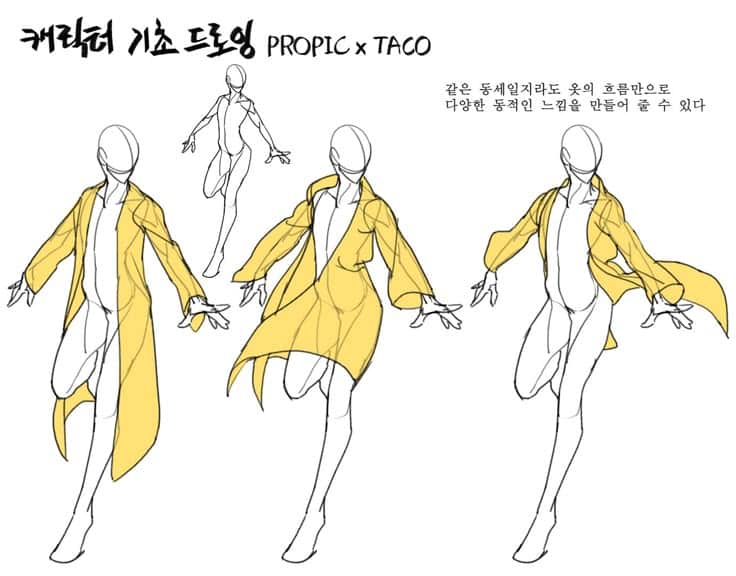
Combining cool and warm colors also adds interest. Warm colors catch the eye and indicate parts closer to light, while cool colors can show areas in shade or farther away.
Choosing the right colors depends on the mood and form of the garment. This choice helps bring life and style to the drawing.
Practicing and Developing Your Skills
Drawing clothing that flows well takes patience and steady practice. It helps to focus on studying real-life examples and learning from skilled artists. Also, knowing common mistakes can speed up improvement.
Studying References and Master Artists
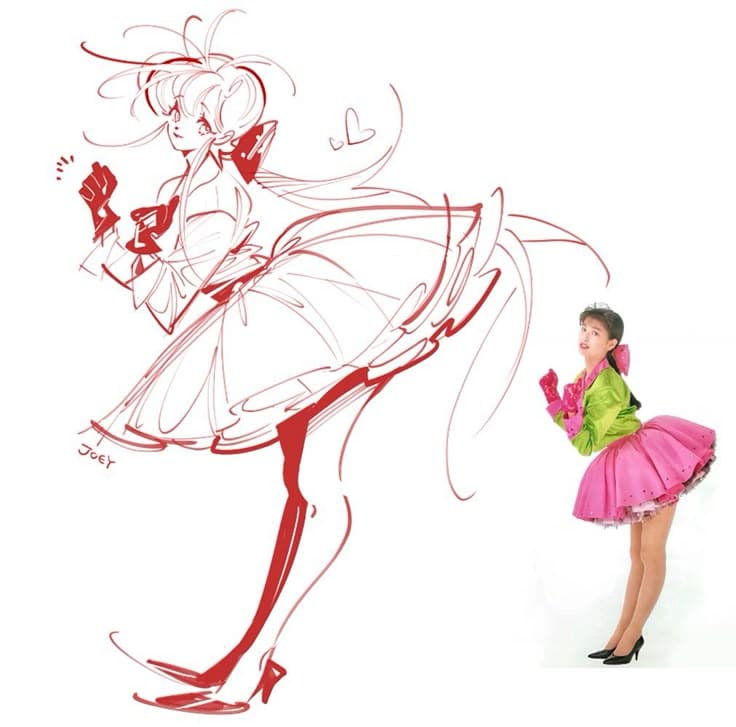
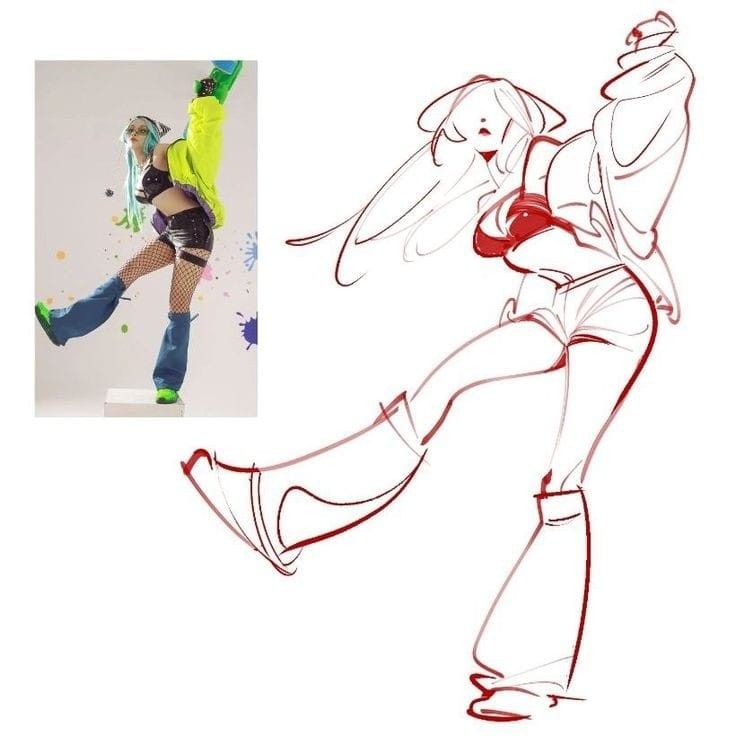
Using references is key. Artists should look closely at how fabric bends, folds, and moves on different parts of the body. Watching videos or photos of people in motion can show how clothes react to movement.
Studying master artists helps too. They often have tips on how to draw folds naturally and how to suggest different fabric types. Trying to copy their work can teach important lessons about line weight, shape, and flow.
A useful tip is to break down fabric into simple forms like cylinders and cones. This makes drawing folds easier. Practicing with different materials like cotton or silk helps understand how texture affects the drape.
Common Mistakes and How to Fix Them
One frequent mistake is making folds look stiff or unnatural. This happens when the artist draws too many sharp edges or uses the same fold shapes repeatedly. To fix this, vary fold length and shape, and keep lines fluid.
Another issue is ignoring gravity and movement. Clothes don’t just hang straight down; they react to body position and motion. Observing how clothes pull or bunch up in these situations improves realism.
Finally, artists sometimes forget to add weight and thickness to fabric folds. Using darker lines on folds that catch shadows and lighter ones on highlights can help clothes look more 3D and soft instead of flat.
- 153shares
- Facebook0
- Pinterest152
- Twitter1

